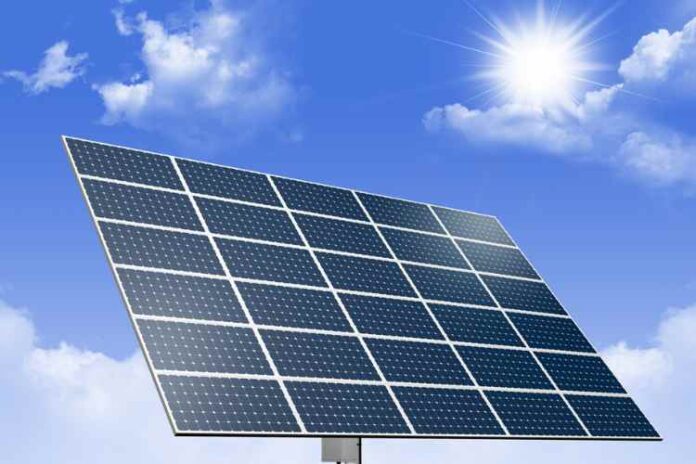Solar panel installation is a popular trend in the renewable energy industry, and it is rapidly gaining popularity due to its numerous benefits and cost-effectiveness. However, this technology comes with certain considerations, including installation costs, safety concerns, and maintenance requirements. This article will explore the various aspects of solar panel installation, from the initial setup to ongoing maintenance and monitoring.
Installing solar panels has several benefits, from environmental to financial. One of the key benefits is reducing your carbon footprint since solar energy is a clean and renewable energy source that produces no emissions or pollutants. Additionally, using solar instead of traditional fossil fuels can help reduce air pollution and slow down global warming. Another benefit is saving money on your electricity bill over time, even though the initial cost may be high. Depending on where you live and how much sun exposure your home gets each day, you could see a significant reduction in electricity costs after switching to solar power over time – sometimes as much as 40-50%. Using solar power can also increase your property value and curb appeal if done properly by professional solar panel installers in Sydney.
However, installing solar panels is a major investment that requires careful planning and research. The cost of installing solar panels depends on how much energy you need, the size and type of system you need to install, and the incentives available from local governments or utility companies. The equipment needed for installation varies depending on your location and climate conditions, such as snow guards if living in areas prone to heavy snowfall or hurricanes.
If you are considering installing solar panels, the first step is to select which type of panel you would like to install. There are two primary types of residential solar panel systems: grid-tied systems and off-grid systems. Grid-tied systems connect directly to your home’s electrical grid, while off-grid systems do not require an electrical connection and instead rely on batteries or other storage devices to store excess power generated by the system throughout the day. After choosing a system type, determine how much electricity you need from your solar panel system to reduce your electricity costs effectively.
To ensure optimal safety when installing solar panels, it is important to hire a qualified electrician or contractor who has experience in this field. They will be able to assess your property before installation begins and make sure all electrical work is up-to-code with local regulations. Additionally, they should be familiar with best practices related to solar panel installations such as using proper grounding techniques when connecting wires or following the manufacturer’s instructions for securing components correctly.
After installation, it is important to keep up with maintenance requirements for your solar panels to ensure optimal performance and longevity. Solar panel maintenance involves cleaning the panels periodically, checking connections, and inspecting for any damages or wear & tear. Maintenance requirements may vary depending on your location, weather conditions, and the type of solar panel system you have installed.
In conclusion, solar panel installation is an excellent way to reduce your carbon footprint, save money on your electricity bill, and increase your property value. However, it requires careful planning and research to ensure optimal safety, performance, and cost-effectiveness. By choosing the right system, hiring qualified professionals for installation and maintenance, and adhering to safety precautions and maintenance requirements, you can enjoy the numerous benefits of solar energy for years to come.


